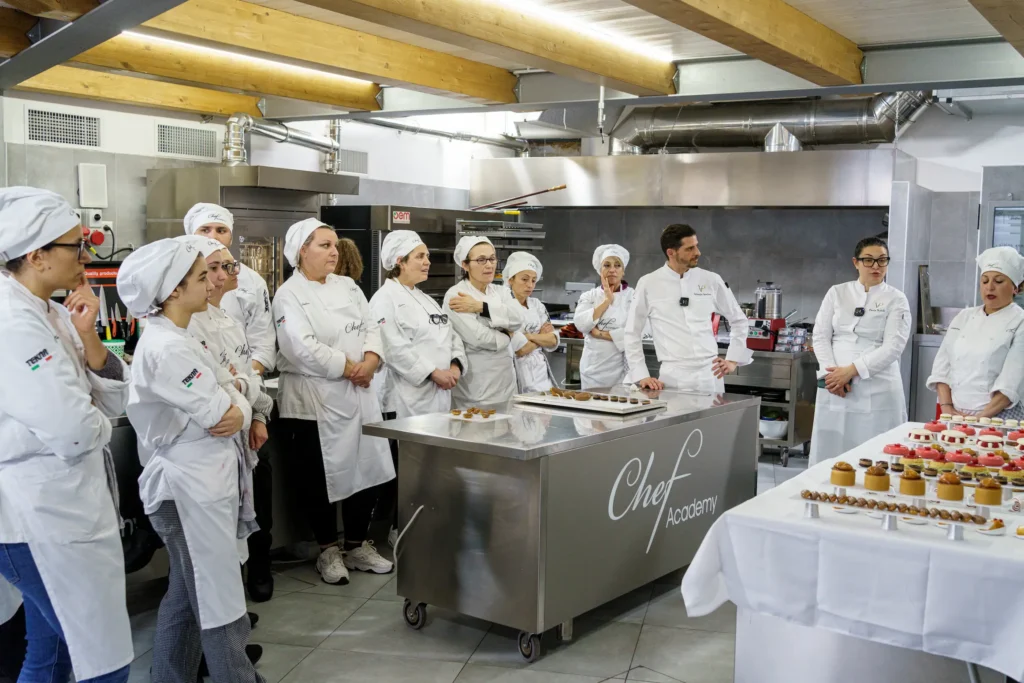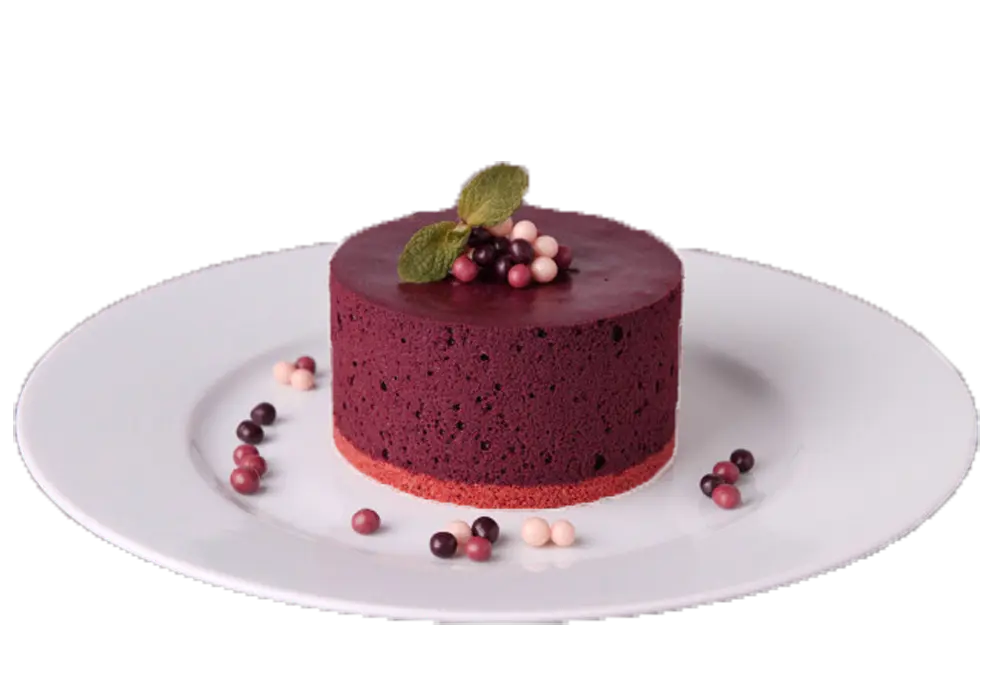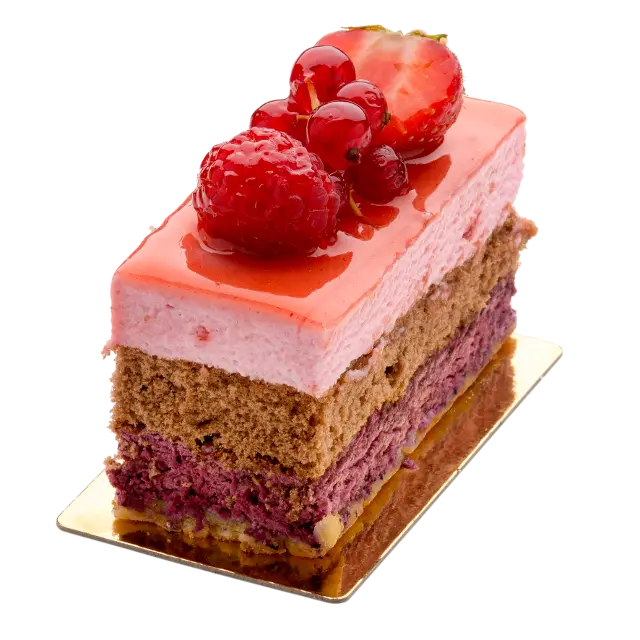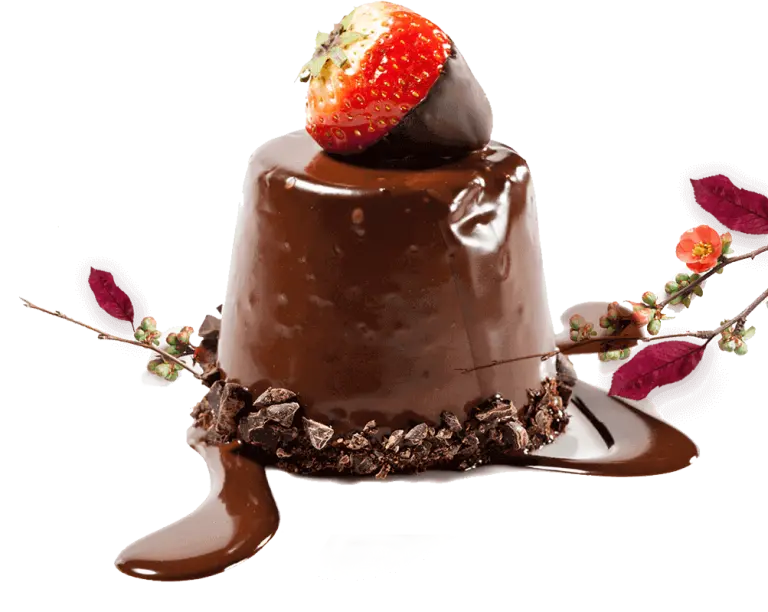Puff pastry, with its delicate layers and buttery flakiness, has a rich history dating back to ancient civilizations. While traditional methods involve a simple water dough encasing butter, there are various techniques to explore, each offering unique textures and flavors.
Traditional Puff Pastry:
Begin by making a water dough using flour, water, and salt. Encase half its weight in fat, typically butter, within the dough. Roll out the dough and fold it multiple times to create layers. This process, known as turning, results in the characteristic flakiness of puff pastry.
Alternative Methods:
- Inverted Puff Pastry: Flip the traditional method by using a butter-and-flour mixture, known as beurre manié, to encase the dough. This technique yields a flakier pastry with a more pronounced butter flavor. It’s also versatile, allowing for the addition of flavors like chocolate or pistachio.
- Rough Puff Pastry: Ideal for when time is of the essence, this method can be completed in under 40 minutes. Add small pieces of butter to the dough, encase them with preferably margarine, and immediately begin folding with short resting times between turns. The result is a delicate, crumbly pastry best used immediately.
- André Guillot Puff Pastry: Here, butter is rubbed into the flour when making the dough, resulting in a high-fat content. This requires at least six turns to achieve double the layers of traditional puff pastry, resulting in an exceptionally flaky end product.
- Alain Ducasse’s Puff Pastry: A traditional puff pastry with a twist, this version incorporates different types of flour. The addition of high-protein flour prolongs the dough’s shelf life and stability during preparation. To compensate, melted butter is added to the dough, and extended resting periods are required between turns.
Creating Arlettes:
A delightful sweet treat, arlettes are caramelized puff pastry tuiles popularized by Gaston Lenôtre and Alain Ducasse. To make them:
- Roll out puff pastry dough and let it rest.
- Cut the roll into sections.
- Roll out each section thinly, coating with confectioners’ sugar.
- Allow to rest and dry before baking between baking sheets until golden.
Exploring Other Pastry Preparations:
Beyond puff pastry, pastry-making encompasses a variety of techniques:
- Foam Batters: Used in sponge cakes, genoise cakes, and Joconde cakes, these batters form the basis of classic desserts.
- Meringue-based Mixtures: Versatile and light, meringue-based mixtures like dacquoise batter and macarons add elegance to desserts.
- Leavened Doughs and Batters: From brioche to pizza dough, various leavening agents contribute to the rise and texture of these preparations.
- Crepe Batter: A staple in sweet and savory dishes, crepe batter yields thin and versatile pancakes.
By mastering these techniques, you’ll unlock endless possibilities in the realm of pastry-making. Whether you’re crafting classic croissants or experimenting with innovative flavors, puff pastry is a canvas for creativity and culinary excellence. So roll up your sleeves, embrace the process, and prepare to elevate your baking game to new heights!






